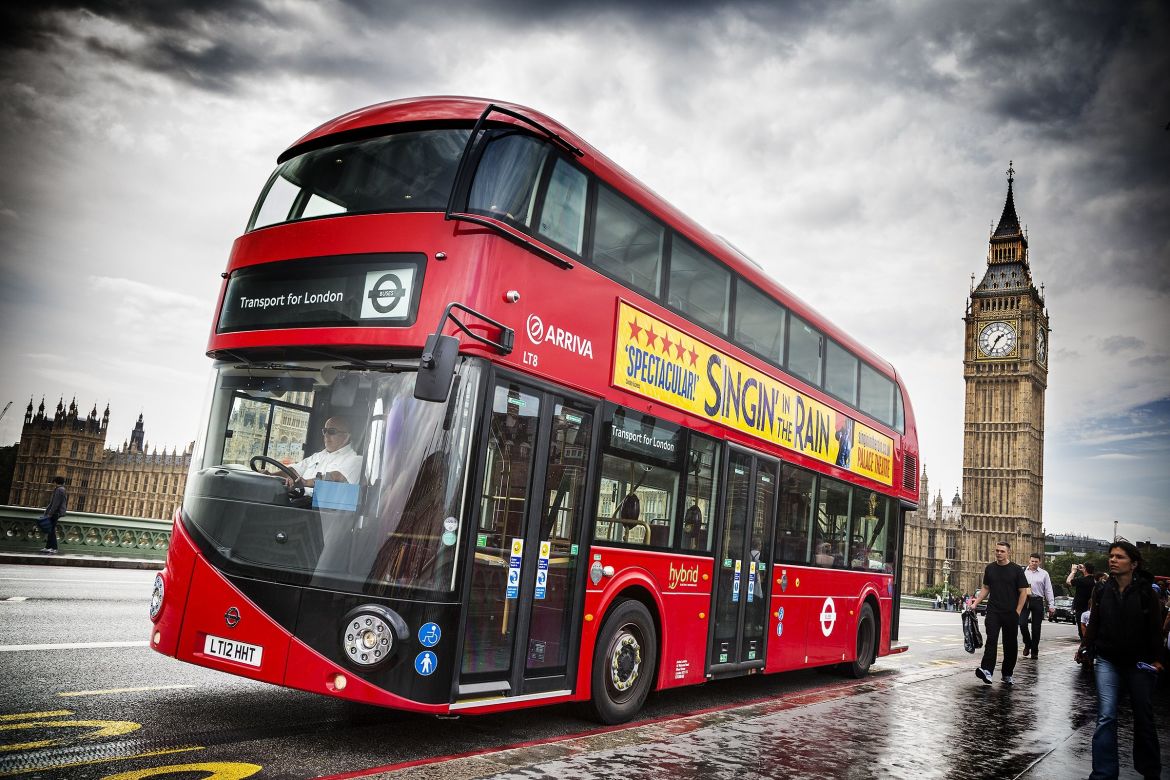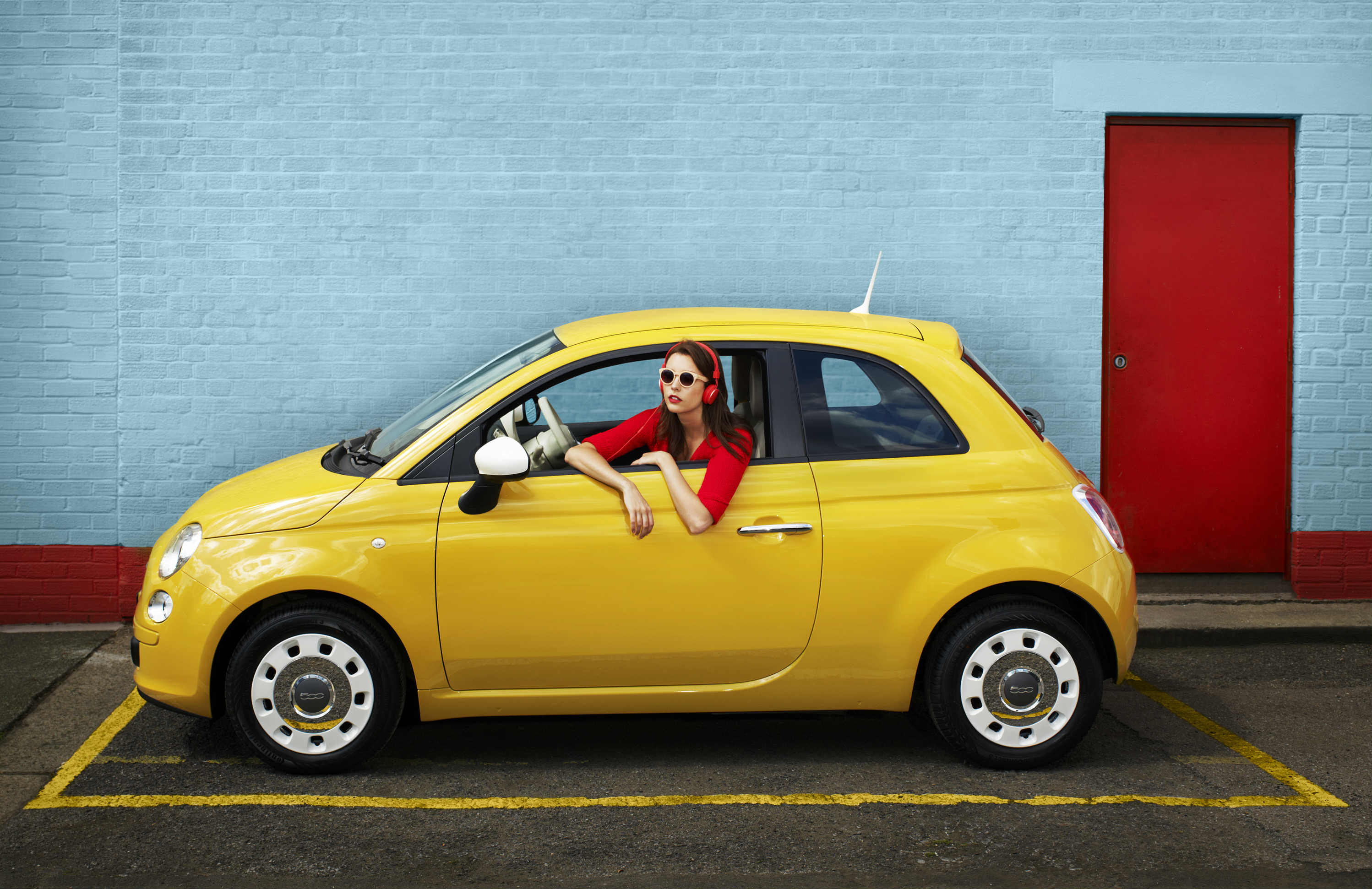How to appeal a bus lane fine
If you’ve been caught in a bus lane and issued with a penalty charge notice you don’t think you deserve, you can always appeal. Here’s everything you need to know about the appeals process


Just received a penalty charge notice? Don’t worry; you’re not alone!
In fact, the most recent figures reported by the Traffic Penalty Tribunal show that over 1.3 million bus lane fines were issued in England between 2016 and 2017.
But, if you don’t think your fine is deserved, you can always appeal! 4,368 appeals ended in victory for the driver in that same year.
Ready to make your case? Here’s everything you need to know about appealing a bus lane fine.
When can you travel in a bus lane?
According to the Highway Code, bus lanes should be easy to spot as they’ll be shown with road markings and signs that let you know which (if any) vehicles are allowed to use them.
Unless otherwise indicated, you shouldn’t drive in a bus lane during its period of operation unless:
- There’s a blockage or obstruction in the road
- There’s an emergency vehicle approaching
- You need to avoid an accident
Bus lanes are usually marked by a solid or dashed white line. The dashed lines represent the start and the end of the lanes, while the solid white line runs between them.
How are bus lanes enforced?
If you did drive or park in a bus lane, you’re likely to have been caught on camera thanks to CCTV. Your penalty charge notice (PCN) will let you know when and where you were seen using a bus lane incorrectly.
How much does a penalty charge notice (PCN) cost?
Outside of London, penalty charge notices cost £60 (in London, the cost can vary depending on the borough). If you pay within 14 days, your council must accept payment of 50% of the total fine. If you don’t pay within 28 days and don’t lodge an appeal, the charge outside London will increase to £90. Most councils let you pay by card over the phone or online.
You’ll receive your PCN through the post – it’ll be sent to the person listed as the registered keeper on the DVLA record.
When can you appeal a bus lane fine?
There are a number of reasons why you might appeal a bus lane fine including:
- The alleged contravention (breaking of the bus lane rules) didn’t happen
It could be that the signs and road markings were wrong, your vehicle was allowed to be in the bus lane, or you never went into it at all. - The penalty is too high
This applies if the council have asked for more money than they’re entitled to. Fines outside London should cost £60, reduced to £30 if paid within 14 days. - The police are taking action
This could happen if the contravention is the subject of criminal proceedings or a Fixed Penalty Notice has been issued (rather than a PCN). - You didn’t own the vehicle at the time
It might be that you never owned the vehicle, you sold it before or bought it after the incident happened, or it was under a long-term leasing agreement that transfers ‘keepership’ from the registered keeper to the hirer. - The vehicle was stolen from you
In this case, you’ll need to supply a crime reference number from the police.
How to appeal a bus lane fine
Contact the council
Get in touch with the council as soon as possible – you’ll be able to find all the contact details on your PCN. Quote the PCN number and say why you think you shouldn’t have to pay.
Be aware…
As soon as you pay a penalty charge notice (PCN), the council will close the case and you won’t be able to appeal. Making your initial appeal is free.
Gather evidence
You can provide evidence in writing and include photographs, witness statements, receipts showing when your car was bought or sold, and copies of any relevant permits you might have to help prove your case.
What if your appeal fails?
If your appeal is rejected by the council, you can go to the London Tribunals or the Traffic Penalty Tribunal up to 28 days after you receive your Notice of Rejection (NOR). These are independent adjudicators who will consider your case.

 Win your car finance on us!
Win your car finance on us! 

